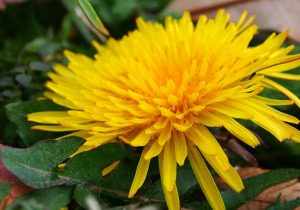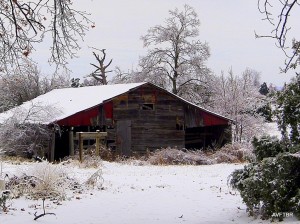By Johnny Sain
Fire and meat. Is there a pairing more quintessentially human than fire and meat?
The hunks of whitetail tenderloin in front of me just came off the grill. Seasoned with garlic, salt, pepper, cumin and just a dash of crushed red pepper, they were every bit as mouth-watering delicious as they looked. Seasoning, coal fire and a soaked piece of hickory working in concert underneath the hood of my old grill crafted a masterpiece of flavor that my — and your — prehistoric ancestors would call overkill. But it tasted like perfection to me.
Nobody really knows how and when we started cooking, but somewhere back in our murky past meat found its way to fire after the kill and it was good. Taste was the reason back then, and a good reason at that. The sense of taste tells an animal what to eat. If something tastes good a creature will eat more of it. This was before junk food threw our perceptions out of whack by going overboard on the tastes we crave. So it only makes sense that taste was the original goal for cooking, and our taste buds were right. Cooked meat is better for us.
Cooking unravels proteins and loosens muscle fiber in meat, which makes for easier chewing and digestion. My taste buds tell me that grilled venison is far superior to venison prepared any other way. We eat deer meat prepared by different methods, but tenderloin is almost always reserved for the grill.
Backstrap tenderloin is good eating without the spices. I sometimes eat a bare hunk as homage to a simpler time and to experience the clean, nuanced flavors that set some of humanities taste preferences in motion. But many folks can’t seem to get past the “gamey” taste of deer compared to beef. I think the idea that venison’s taste needs to be tamed comes from an unfair comparison. Venison is not beef, and shouldn’t be compared to beef any more than pork should be compared to beef.
Venison’s flavor comes from a variety of influences. The conditions surrounding the hunt are important. A deer run half to death, it’s muscles loaded with lactic acid, won’t please your palate like a deer shot while peacefully browsing. Age and sex of the deer matter, too. Many eaters of deer say there is no difference in taste between buck and doe. I said the same thing a few years ago. I was wrong. There is a subtle contrast; one isn’t better than the other, only different. And, of course, the younger the deer the more tender the meat. At least one young doe is on my wish list every season. But far and away the most powerful influence on taste is what the deer ate. This is where the connection between hunter and hunted turns into a shadowy bond between biology and an almost spiritual awareness. It has to do with a topic I’ve talked about a few times before — a sense of place.
I’ve eaten deer plumped up on corn and soybeans, their hams covered with a thick layer of fat, and their taste was both mild and rich. Domesticated is the best description.
Domesticated is a good description of the land they fed on as well. Crops grown in neat rows with pockets of trees breaking the monotony of fields here and there. They were wild deer but they were eating cultivated food, and there’s nothing wrong with that. If your local whitetails gorge on grain, then enjoy. But, to me, it didn’t really taste like deer. It was a much different taste than venison from the southern Ozarks and River Valley of western Arkansas that my family usually chows on.
My local whitetail herd eats greenbrier, honeysuckle and grass through the summer; acorns and assorted soft mast in the fall; and back to honeysuckle and winter greens in a few scattered food plots for winter.
A deer’s diet is diverse, and there are countless other bits of vegetation browsed throughout the year, but those are the staples. You can taste this through the deer’s flesh. Energy from the sun and nutrients from the soil cycling through the vegetation, through the deer and to you with every morsel.
Each bite tinted with notes of what that deer ate. It all blends together into a flavor unique to the specific home of the whitetail now cooked and transformed into meat. I always say I can pick up hints of acorn and persimmon from the first venison steak of the season.
I might be reaching a bit. That woodsy flavor might be because the smell of an autumn hardwood ridge is in my nose nearly every day but to me, the deer tastes like an October morning in the forests of my Arkansas home. It tastes like where I’m from.
The next time you’re seated at the dinner table with a venison steak in front of you, take a moment of reflection for the meal, the hunt, the deer and for the place. And when you take that first bite, savor the flavor. Savor the sense of place resting on your plate.



